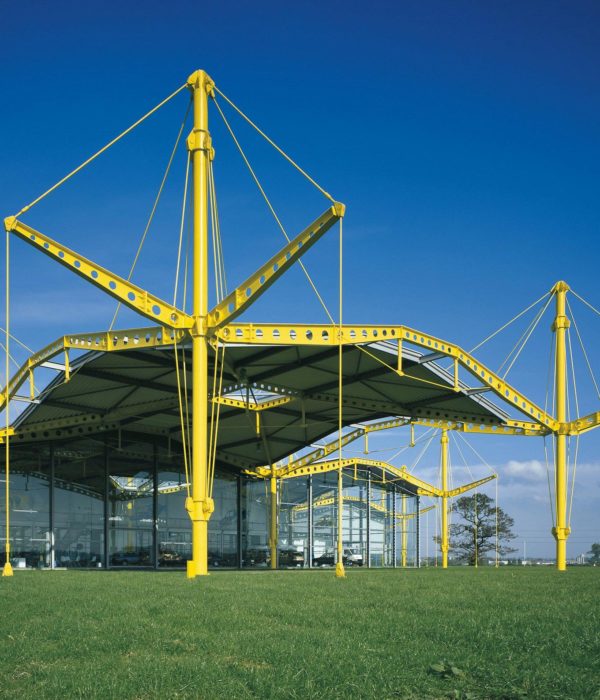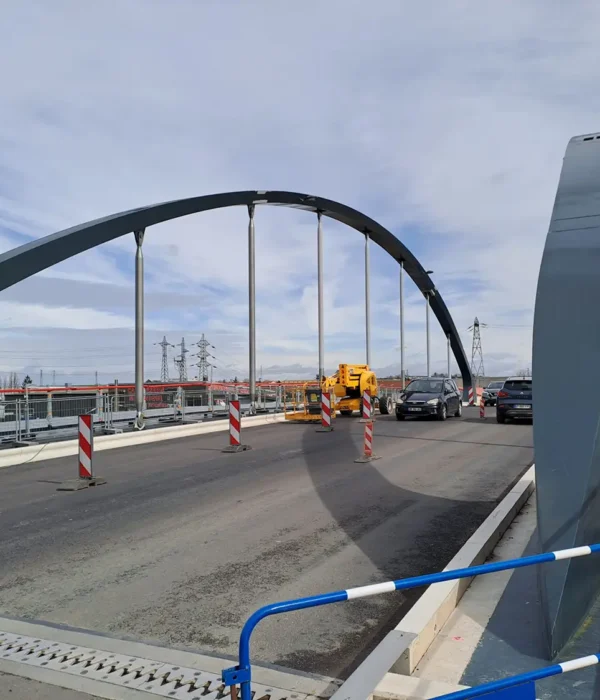A collection of Macalloy Tie Rods and Post Tension Bars went into making a truly iconic bridge which forms part of London’s modern architectural landscape.
After years of having a reputation of being narrow and dangerous, the decision was made to replace the footbridges that ran either side of the Hungerford Bridge in London, with new structures. The bridges connect Charing Cross and Embankment stations to the north and Waterloo on the south.

A competition was launched in 1996 to design two new footbridges.
Its new pedestrian walkways were renamed The Golden Jubilee Bridge to commemorate Queen Elizabeth 11 ascension to the throne on her 50th anniversary. They run on both sides of the Hungerford Bridge.
The complex design by architect Lifschutz Davidson won the Royal Fine Art Commission’s “Building of the Year Award” in 2003.
Macalloy’s Involvement : Both the Macalloy 460 and 1030 bar systems were critical in the building of the two 4m wide bridges, which were considered as an engineering challenge.
The tendons were employed as deck and backstays, with roughly 180 Macalloy 460 Tie Rods throughout the deck, and the backstays were placed under tension. Furthermore, M125 threaded tendons have been used to produce single node points, restraining up to four M64 backstays. As trunnion restraints and holding down bolts, Macalloy 1030 Post-Tensioning Bars were utilised.


2002
Location
London
Country
United Kingdom
Architect
Lifschutz Davidson Sandilands

Looking for a particular project? Try our….


